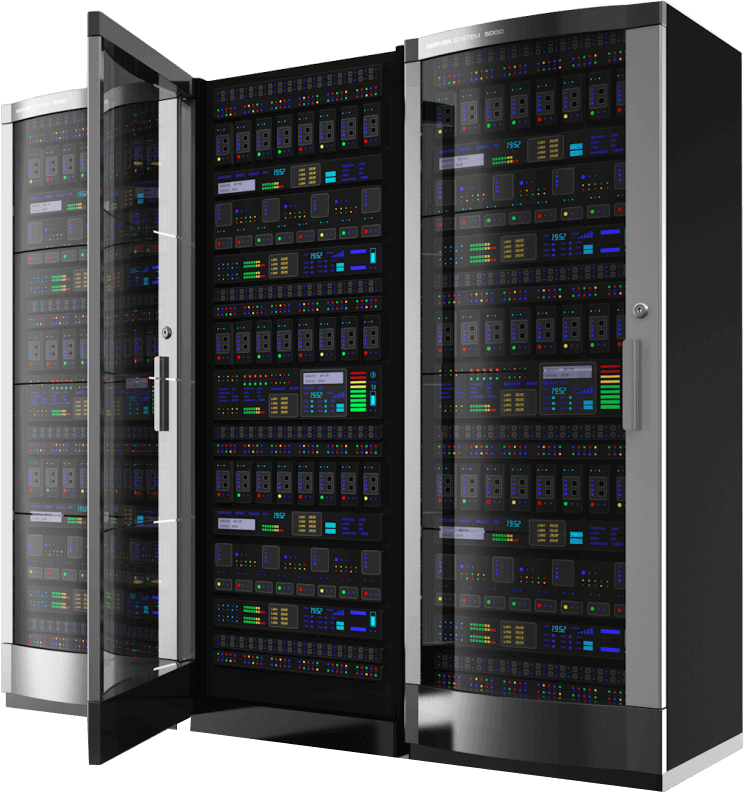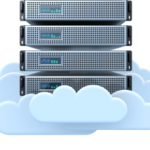
Unlocking Opportunities: Data Center for Lease - A Comprehensive Guide
In today’s digital age, businesses face the ever-growing challenge of managing and optimizing their data infrastructure. With the exponential increase in data volumes, coupled with the need for high performance and reliability, organizations are turning to data center leasing as a solution. Leasing a data center provides businesses with the flexibility, scalability, and cost-effectiveness required to support their IT infrastructure needs. In this comprehensive guide, we’ll delve into the world of data center leasing, exploring its benefits, considerations, and best practices to help businesses make informed decisions and drive success.
Understanding Data Center Leasing:
Data center leasing involves renting physical space within a data center facility to house servers, networking equipment, storage systems, and other critical infrastructure components. This space can range from individual racks or cabinets to dedicated suites or cages, providing businesses with the flexibility to scale their infrastructure according to their needs. Whether you’re a small startup or a large enterprise, data center leasing offers a customizable solution to support your IT requirements and business objectives.
Benefits of Leasing a Data Center:
- Cost-Effectiveness: Leasing a data center eliminates the need for upfront capital investment in building or purchasing infrastructure, reducing operational expenses and improving cash flow.
- Scalability: Data center leasing offers scalability, allowing businesses to scale their infrastructure up or down as needed to accommodate changing demands and growth.
- Reliability: Data center facilities are designed to provide high levels of reliability and uptime, with redundant power, cooling, and network connectivity to ensure continuous operation.
- Security: Data center providers implement robust security measures, including physical access controls, surveillance systems, and biometric authentication, to protect sensitive data and infrastructure.
- Flexibility: Leasing a data center provides flexibility to customize your environment based on your specific requirements, including space, power, cooling, and connectivity options.
Considerations for Selecting a Data Center for Lease:
When choosing a data center for lease, several factors should be considered to ensure the provider meets your business needs and objectives:
- Location: Consider the location of the data center facility in relation to your business operations, customers, and connectivity requirements.
- Reliability and Redundancy: Assess the provider’s reliability track record and redundancy measures, including power, cooling, and network infrastructure.
- Security: Evaluate the provider’s security protocols and certifications to ensure the protection of your data and infrastructure.
- Scalability: Determine whether the provider offers scalability options to accommodate future growth and expansion.
- Service Level Agreements (SLAs): Review the provider’s SLAs for uptime, performance, and support to ensure alignment with your business requirements.
Best Practices for Optimizing a Leased Data Center Environment:
Once you’ve selected a data center for lease, it’s essential to optimize your environment for maximum efficiency and performance:
- Efficient Space Utilization: Maximize the use of available space by consolidating hardware, optimizing rack layout, and minimizing cable clutter.
- Proper Cooling and Airflow Management: Ensure proper cooling and airflow management to maintain optimal temperature and humidity levels and prevent hot spots.
- Power Management: Implement power management strategies, such as energy-efficient hardware, virtualization, and load balancing, to minimize energy consumption and costs.
- Remote Monitoring and Management: Utilize remote monitoring and management tools to track performance, detect issues, and perform maintenance tasks proactively.
- Regular Maintenance and Upkeep: Schedule regular maintenance and upkeep of equipment, including firmware updates, hardware inspections, and cleaning, to ensure optimal performance and longevity.
Conclusion
Leasing a data center offers businesses a range of benefits, including cost-effectiveness, scalability, reliability, and flexibility. By selecting the right data center provider, considering key factors such as location, reliability, security, and scalability, and implementing best practices for optimizing a leased data center environment, organizations can maximize efficiency and performance while minimizing costs and risks. Whether you’re a startup looking to establish a foothold or an enterprise seeking to expand, leasing a data center provides the infrastructure foundation needed to thrive in today’s digital economy.
